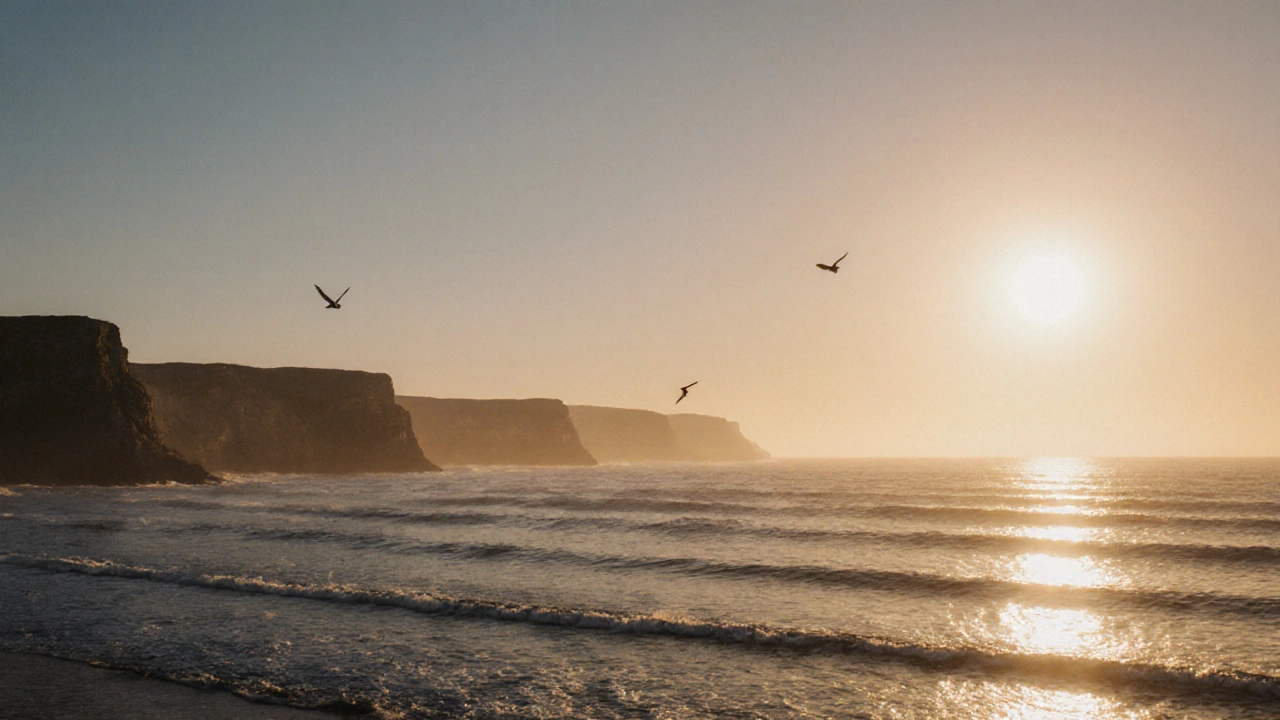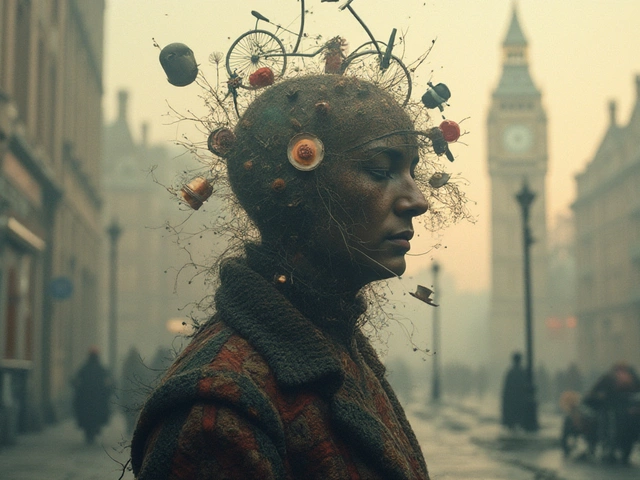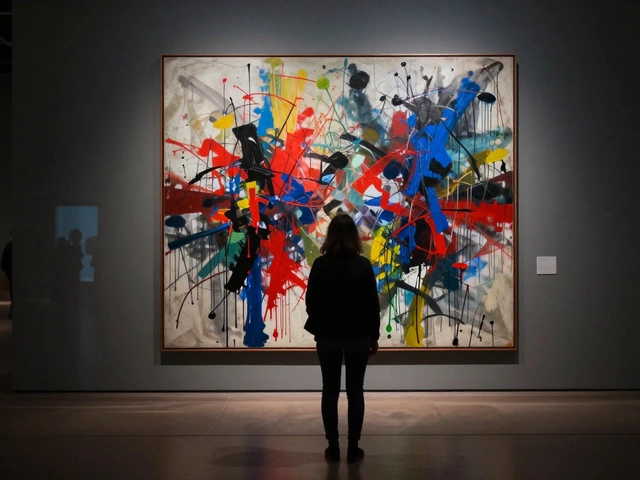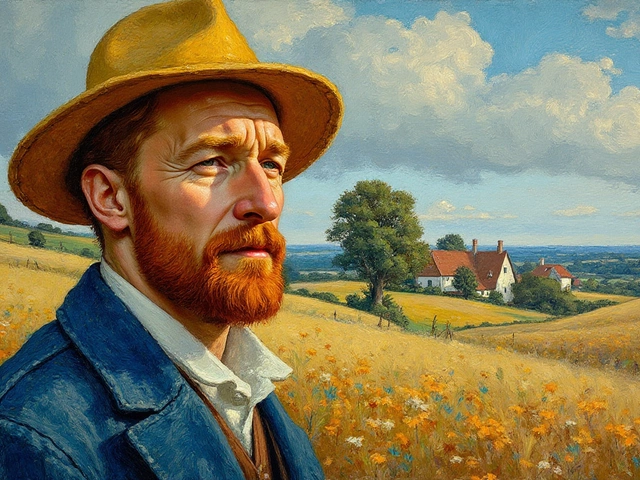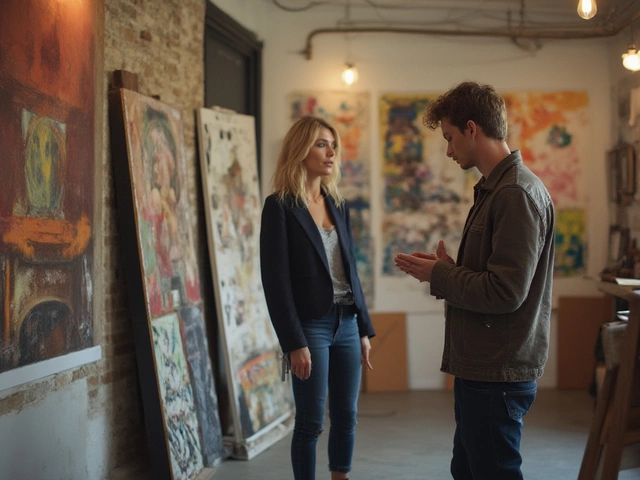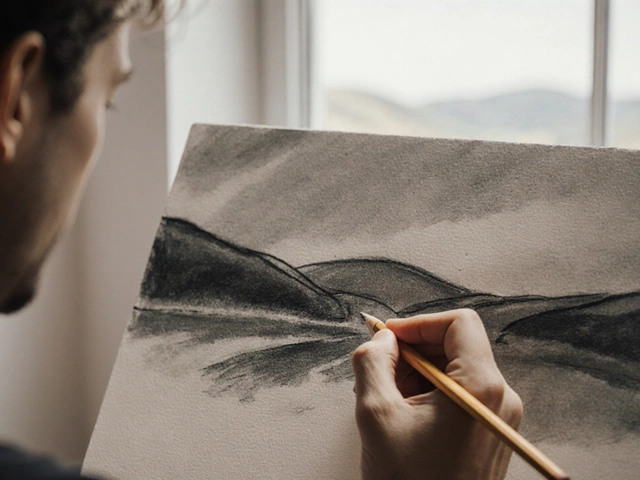Vertical Orientation in Art: Understanding Its Impact
Vertical Orientation, a layout where height exceeds width, often used for portraits and certain abstract compositions. Also known as portrait format, it influences how artists arrange elements, create depth, and guide the viewer’s eye.
When you work with vertical orientation, you’re really playing with Composition, the way visual elements are organized within the frame. A tall canvas naturally pushes the eye upward, which can emphasize height, elegance, or tension. That upward flow often demands a clear Focal Point, the area that draws the strongest attention near the top or center to avoid a feeling of emptiness. Artists who master this relationship can make a simple portrait feel powerful, just like the masters who painted elongated figures to convey grandeur.
Why Vertical Orientation Matters for Perspective and Balance
The choice of a tall format also ties directly to Perspective, the technique that creates depth on a flat surface. In a vertical layout, linear perspective lines converge more sharply, which can heighten the sense of depth when a figure recedes or a landscape stretches upward. At the same time, maintaining Visual Balance, the distribution of visual weight across a piece becomes crucial; heavy elements at the bottom can anchor the composition, while lighter touches above prevent the work from feeling top‑heavy. This push‑pull dynamic is why many classical portraits and modern abstracts rely on vertical orientation to strike a harmonious chord.
You’ll also notice that vertical orientation often contrasts with Landscape Orientation, a layout where width exceeds height, typical for scenery and panoramic scenes. While landscape format spreads the scene horizontally, vertical format compresses space, urging the viewer to focus on a single subject or a vertical journey—from ground to sky, from root to crown. Understanding both formats helps you decide which orientation best serves your story, whether you’re painting a towering skyscraper, a full‑body portrait, or an abstract burst of color that climbs the canvas.
Below you’ll find a curated set of articles that dive deeper into these ideas. From breaking down abstract art types to practical tips on landscape painting order, each post shows how vertical orientation interacts with composition, perspective, and visual balance across different mediums. Explore the collection to see real‑world examples, step‑by‑step guides, and expert insights that will help you choose the right orientation for any project.
Do landscape photos have to be horizontal? - Answer & Tips
Explore why landscape photos aren't limited to horizontal format, learn when to choose portrait or landscape orientation, and get practical tips for composition and printing.
Continue Reading